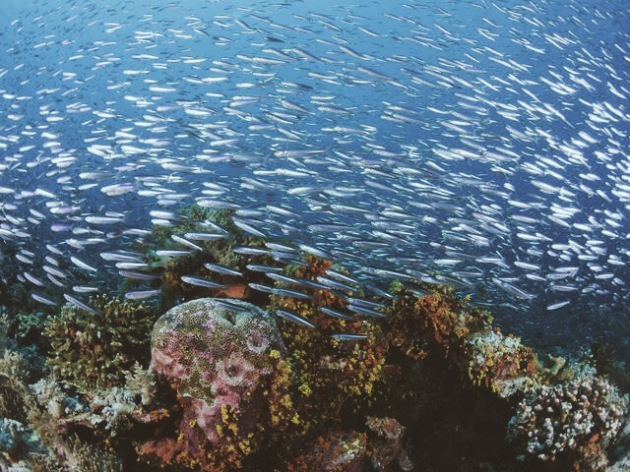In the lower Florida Keys, a coral breakthrough has been made. Due to the warming and acidification of the oceans, almost ¼ of all the world’s coral has died in the past few decades. But now, there may be a solution.
Dr. David Vaughan, a marine biologist and the executive director of Mote Tropical Research Laboratory, accidentally found a “quick grow” technique for coral, which he now calls “microfragmenting.”
Eight years ago, while moving a coral colony from one tank to another, some polyps that had grown over the substrate onto the bottom of the tank broke off. Vaughan assumed he had killed those polyps, but a few days later they had doubled in number on the glass bottom.
This is how Vaughan discovered the amazing healing ability of coral. When damaged it races to regrow, perhaps to prevent territory loss. This is the basis of Vaughan’s latest ambitious project – one of the largest attempted coral restorations ever. With this technique, transplanted coral can grow up to fifty times faster than they would in the wild.
Vaughan and his team have already begun transplanting 4,000 microfragments from the nursery into the wild. And, although some parrotfish predation halted initial efforts, new steps are effectively combating this issue.
It seems that microfragmenting holds much promise. Dr. Vaughan is optimistic: “At worst, we’re buying time. At best, we could restore the ecosystem.”

